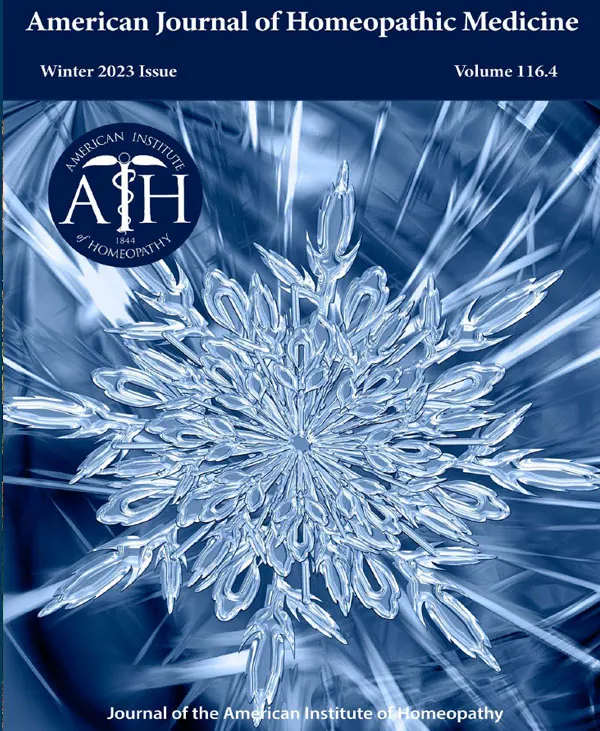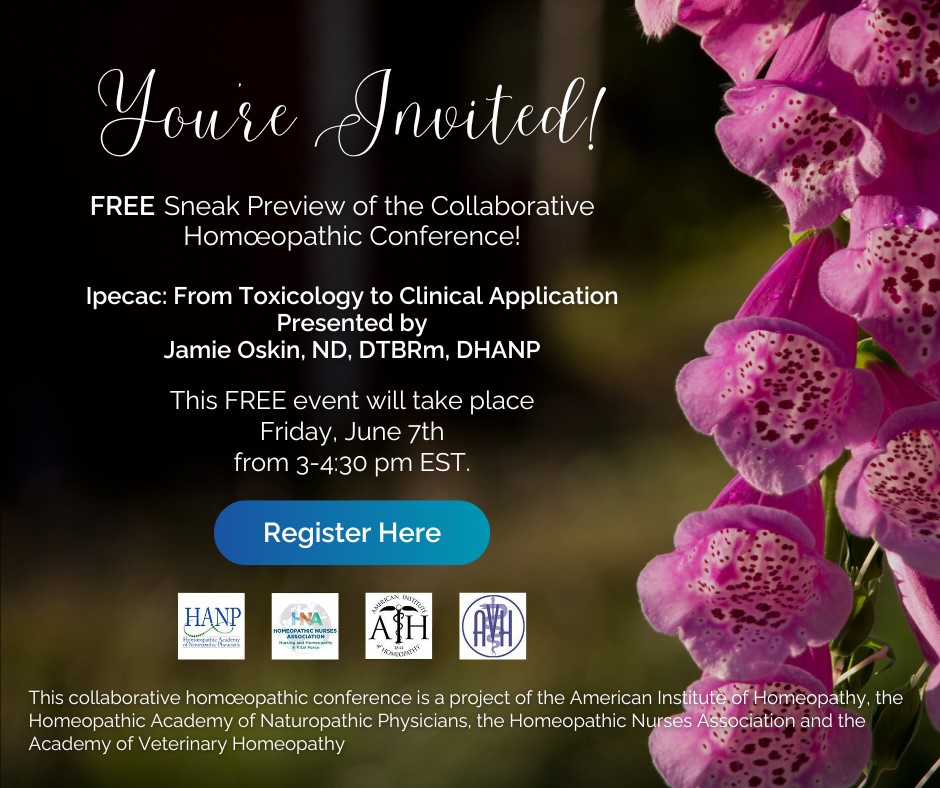
Hope, Heart & Homeopathy: A Few Omicron Cases
by Gyandas G. Wadhwani, MD (Hom)
Keywords: COVID Omicron variant, Kali phosphoricum, Kali sulphuricum, Gelsemium, homeopathy
As we are all aware that on 26th of November 2021, WHO designated the variant B.1.1.529 a variant of concern, named Omicron. This decision was based on the evidence that Omicron has several mutations that might have an impact on how it behaves, specifically, on how easily it spreads or the severity of illness it causes.
While researchers in South Africa and across the globe are trying to figure out the transmissibility, effectiveness of available vaccines, diagnostics and available conventional treatment protocols, homeopathic physicians are already treating these cases with the fundamental principles or Simili, Mono and Mini. In the last few weeks, I have had the opportunity of treating a few (pre-diagnosed) Omicron cases telephonically from Portugal, Singapore, South Africa and UK, which I share with my colleagues with humility.
Case no. 1: A 62-year-old male consulted me for persistent cough, shortness of breath (SPO2 86-88 %), loss of sleep, profound prostration and subnormal temperature (97-98 F). There was an accompanying headache with a sinking empty feeling in epigastrium.1 Every attempt to eat solid food triggered shortness of breath.2 The patient was a nervous wreck3 with a near complete loss of sleep. Besides conventional treatment, he had been prescribed previously Arsenicum album, Bryonia alba, Hepar sulph, Spongia and Sulphur. Nine doses of Kali phosphoricum 200C provided fast relief starting with more than 12 hours of continuous sleep (after the 2nd dose). Tested negative for Covid on day 5.
Case no. 2: A 58-year-old female complained of low-grade fever, persisting cough with dipping SPO2 since previous 7 days. Each cough had a pronounced rattle and there was profuse yellow expectoration.4 There was low appetite and little thirst with yellow coated tongue and desire for open air.5 Every forced intake of steam inhalation made her stuffy nose worse5 and triggered pain in her sinuses. After failure of corticosteroids, nebulization and antibiotics, Kali sulphuricum 200C provided quick relief within 12 hours. She recovered and tested negative on day 6.
Case no 3: A 29-year-old person consulted for persisting fever (101-103F) with shaking chills6 (wanted to be held tightly), drowsiness and constant inclination to yawn7 and sleep. He also felt a heaviness in the occipital region, with a persisting cough, difficulty on breathing, running fluent nasal catarrh, hoarseness. After only symptomatic relief with conventional medications, a few doses of Gelsemium sempervirens 1M provided a quick cure.
 About the author: Gyandas G. Wadhwani, MD (Hom)
About the author: Gyandas G. Wadhwani, MD (Hom)
Consultant Homeopathic Physician & Independent Researcher Holistic Homoeopathic Clinic & Research Center, New Delhi, India.
Member: Aude Sapere groups, South Africa and Delhi. Former Chief Medical Officer (NFSG) (Homeopathy), Directorate of AYUSH, Govt. of National Capital Territory of Delhi, India.
Email: homoeopathygyan@gmail.com.
- Boericke, W. Pocket Manual of Homoeopathic Materica Medica. 6th Edition. Boericke & Runyon. New York. 1916. P. 484. “Headache, with weary, empty, gone feeling at stomach.”
- Ibid. p. 486. “Asthma; Least food aggravates.”
- Ibid. p. 484. “Anxiety. Nervous dread. Lethargy.”
- Ibid. p. 488. “Rattling of mucus in the chest … Bronchial asthma with yellow expectoration.”
- Ibid. p. 487, 488. “Tongue coated yellow and slimy … Worse in heated room. Better cool, open air.”
- Ibid. p. 391. “Wants to be held, because he shakes so.”
- Ibid. p. 388, 391. “Dullness, languor, and listless … Yawning.”
About the AJHM
The American Journal of Homeopathic Medicine (AJHM) is a peer-reviewed scientific journal, specifically intended to meet the needs of physicians involved in the specialty of homeopathy. The editor invites original manuscripts, feature articles, research reports, 'Homeopathic Grand Rounds' cases studies, abbreviated case reports for 'Clinical Snapshots,' seminar reports, and position papers that focus on homeopathy, as well as book reviews and letters to the editor. Click below to subscribe to the Journal.
Latest Issue of the AJHM

AJHM – Winter 2023
Volume 116 Number 4
Table of Contents
- Editorial: In this Issue
- Homeopathic PuZZle?
- A Case of Erectile Dysfunction and Anejaculation in a Diabetic Patient
- Iron and Its Salts: Materia Medica and Illustration
- Suppression in the Organon
- An Appreciation of Jacques Jouanny’s Life and a Review of His Opus “The Essentials of Homeopathic Therapeutics”


